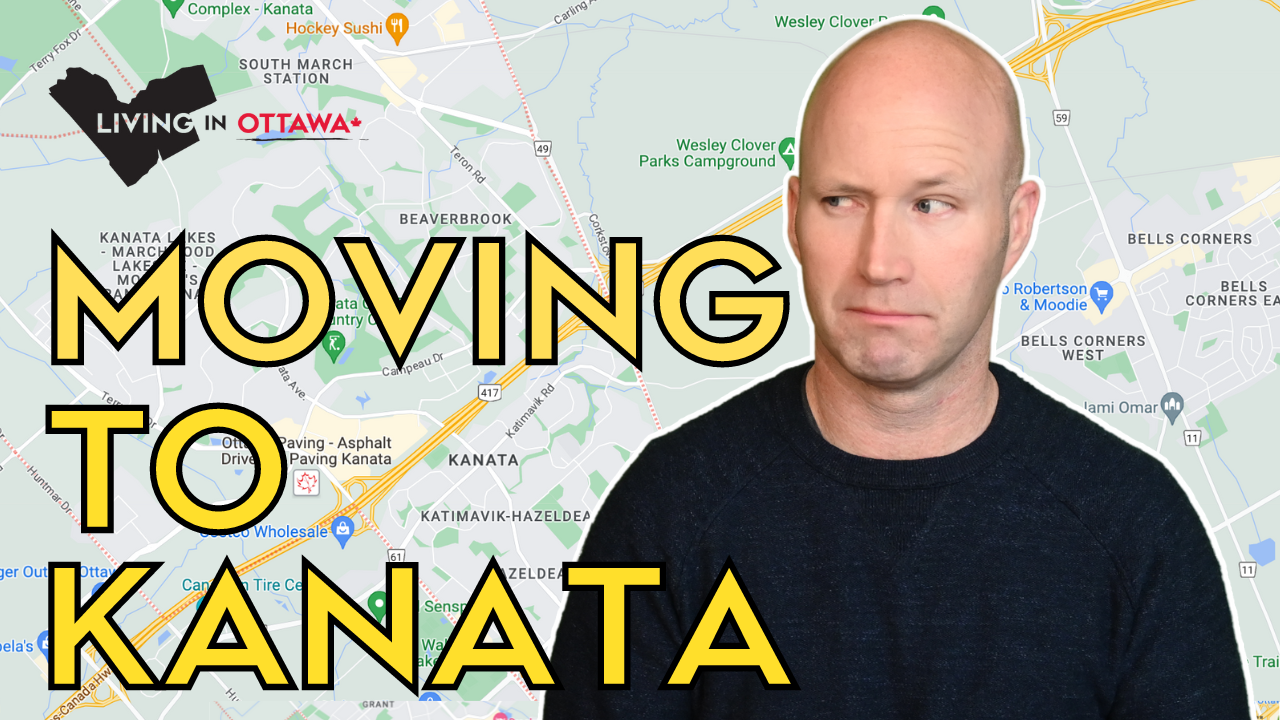Construction Rates Hit New Highs Across Canadian Real Estate Markets
We’re continuing our look at the Canadian real estate market as 2021 draws to a close. The market is strong with brisk sales and high demand but construction rates hit new highs across Canadian Real Estate Markets due to many factors.
Driven by both young families and people downsizing, the biggest roadblock to an even stronger market is the lack of available properties. Today we’re going to see how construction rates are responding to the need for increased affordable housing.
Demand Outpaces Supply
Canada was already experiencing issues with housing affordability before the pandemic. Demand outpaced supply across the country, resulting in a lack of options for people looking for a way to enter the housing market.
The pandemic highlighted the existing supply shortage as demand, and prices, surged.
With continued high demand, everyone living in Canada is seeing housing prices increase. Moving to Canada or relocating within the country and purchasing a home seem ever more out of reach for many young buyers and downsizers.
The best way to adequately address Canada’s housing supply crunch is to increase the number of available housing units. Fortunately, the construction industry is responding to continued rising demand and low interest rates by increasing new home construction.
That’s good news for anyone living in Ottawa or anywhere else across the country.
The second quarter of 2021 saw the largest number of new home starts since 1977. According to RBC Economics, there have been 260,500 new homes started in the past 12 months. That’s a 26% increase compared to the 2015-2019 average.
Translated into more concrete terms, the increase represents an additional 53,600 units. The total number of units under construction is at an all-time high of 320,000.
Completed Housing
Seeing such a large number of housing units started is great, but when will they be done? About 75% of those new starts are multi-unit projects. Apartment complexes and other large properties take longer to complete than detached single-family homes.
RBC is already seeing completed units coming into the market and expects that trend to continue throughout 2022 as larger units are completed and the construction of detached single homes continues.
Completing homes has become a bit of a bottleneck in Canadian home construction. Over the past 20 years, the time it takes to complete new construction has dramatically increased—from 9 months to 21 months.
The significant increase in home starts should still see more units completed as we head into 2022.
Complicating Factors AS Construction Rates Hit New Highs
The strong housing market, with high demand fueling increased home starts, bodes well for the continuation of a strong Canadian real estate market. But the complicated times we’re living in continue to create potential roadblocks.
While housing completions should accelerate as we move into 2022, supply chain issues could delay some of those projects. Timelines that had already increased may be pushed back further if raw materials become difficult to acquire.
There was a small decrease in new starts in the third quarter of 2021, particularly in large urban areas. The Canadian Mortgage and Housing Corporation reported a 4.4% overall month-over-month drop in September.
This isn’t a big surprise.
Demand remains strong and home starts are still well above pre-pandemic numbers. But permit applications have dropped a bit, likely due to materials and labour shortages.
Where are the New Homes?
While new construction increased nationwide, there were some surprises when it comes to the locations benefiting most. On one end of the large urban scale, the Toronto market saw only a small increase of 1.4%. On the other end, Montreal saw a 50% increase, and people moving to Ottawa had a 65% increase in housing starts to bolster their choices.
Even more interesting was the strong growth in smaller Canadian real estate markets. Rural markets saw a 51% increase, small urban areas a 33% increase, and medium urban areas a 27% increase.
While housing starts in larger urban areas were predominantly (up to 90% in Montreal) rental apartments, smaller areas saw more of the coveted single-detached and other ground unit homes.
Not only are those homes in great demand, but they are also far quicker to build, making the market in smaller areas very robust.
The emphasis on rental units in larger urban areas doesn’t quite reflect the overall demand. Those looking to enter the housing market do not benefit from these units. While they may help alleviate a portion of the overall housing shortage, they do not address the inadequate supply of moderately priced homes for first-time buyers.
Overall, the construction industry is working hard to address t3he booming demand for housing of all kinds. The construction boom should see more new homes completed in 2022.
While the industry may be plagued by pandemic supply and labour constraints for a while, the strength of new home starts is a promising move toward easing the tight supply across the Canadian Real estate market.
RECOMMENDED VIDEOS:
What is it like to live in Ottawa Canada in the Fall?
Canadian Real Estate Trends to Watch in 2022 and Ottawa Realty Market Update with Ottawa Realtor




